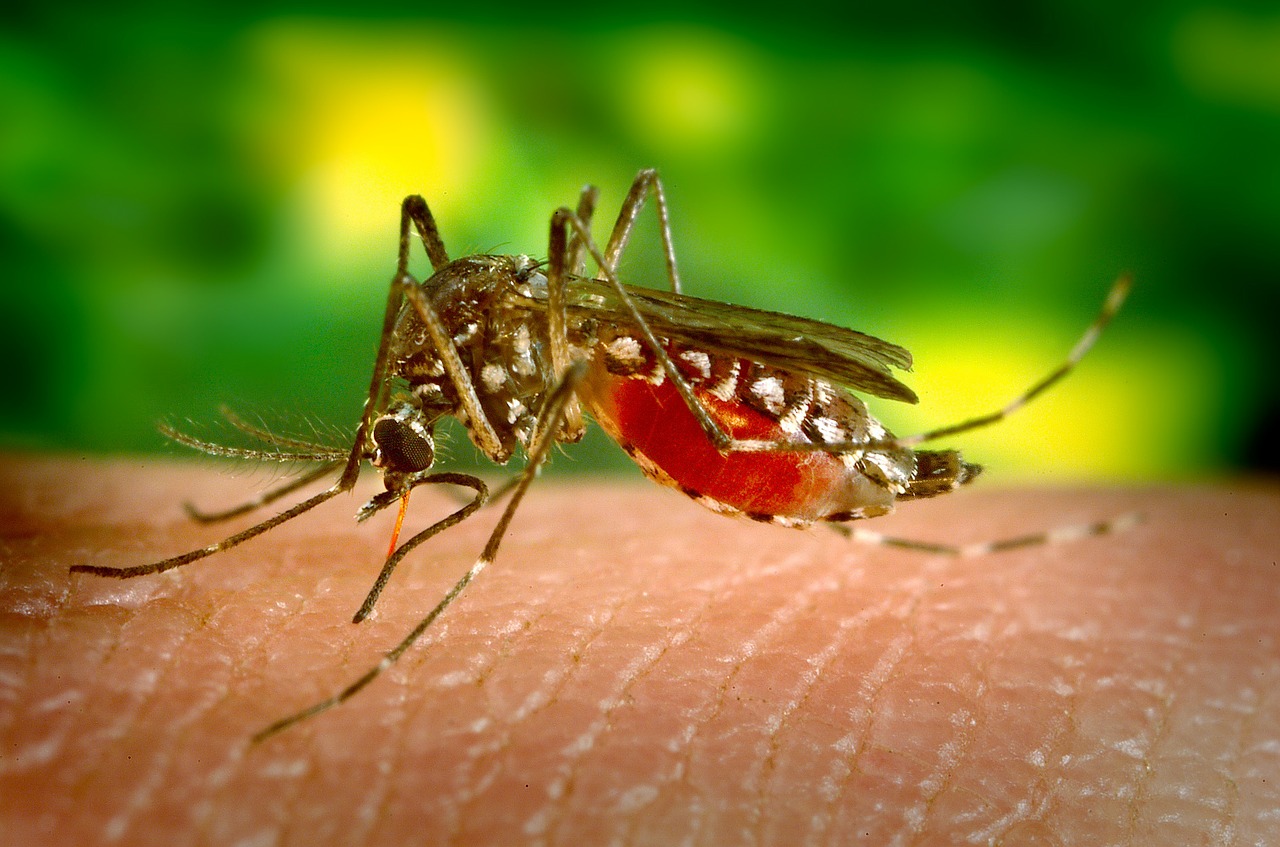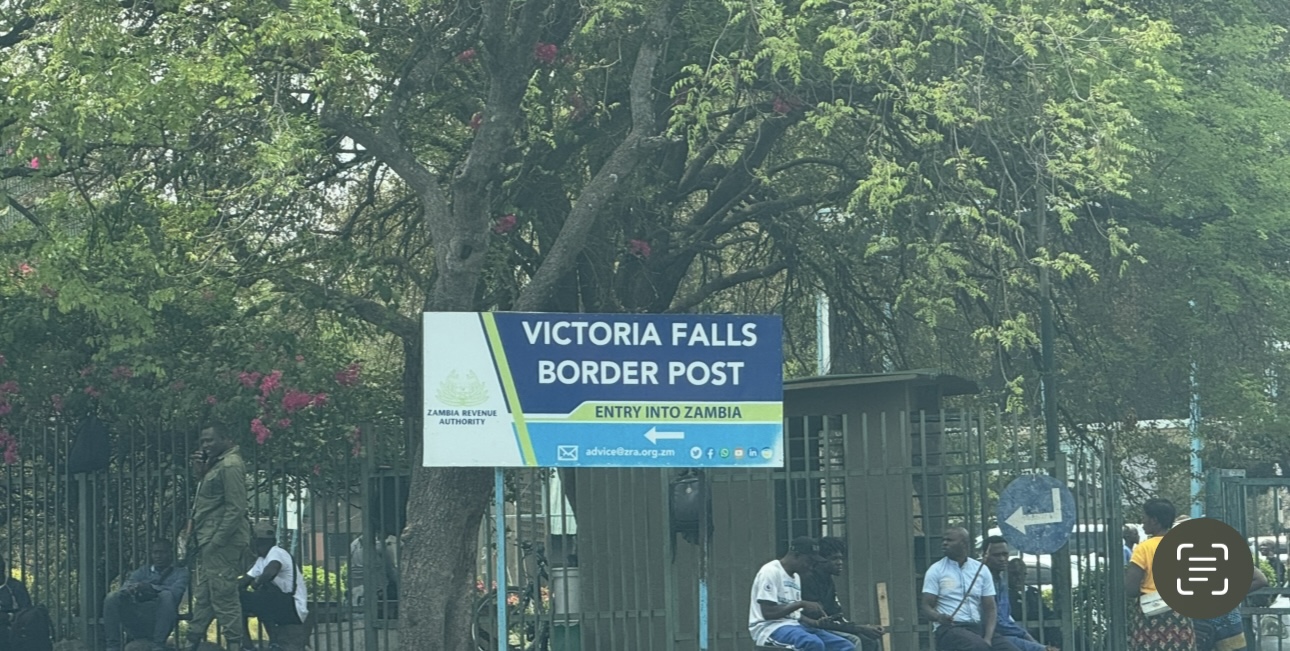BY NOKUTHABA DLAMINI
Zimbabwe is experiencing a dramatic surge in malaria cases, with 111 998 cases and 310 deaths reported as of epidemiological week 23 in 2025.
This is a significant increase from the same period in 2024, which saw 29 031 cases and 49 deaths.
According to Dr Memory Mapfumo, an epidemiologist at the Africa Centres for Disease Control and Prevention (Africa CDC), “This surge is no coincidence. Prolonged rains have fueled mosquito breeding, while activities like gold panning, fishing, and artisanal mining are exposing more individuals to risk, especially during peak mosquito activity hours.”
The situation is worsened by the low use of insecticide-treated bed nets (ITNs), leaving communities exposed and placing further strain on already stretched health systems. Across Zimbabwe, 115 out of 1 705 health facilities have been affected, highlighting the widespread impact of the disease on healthcare infrastructure.
Mashonaland Central Province has accounted for 32% of all malaria cases, while Manicaland reported 25% of the malaria-related deaths. The interconnectedness of the countries in the region has also contributed to the spread of the disease.
Zimbabwe’s malaria outbreak is part of a broader regional trend. Other countries in southern Africa, including Botswana, eSwatini, and Namibia, are also experiencing significant increases in malaria cases.
In Botswana, 2 223 cases and 11 deaths have been reported, with Okavango being the hardest hit. eSwatini has recorded 187 cases, with children under 15 and farmers being particularly affected. Namibia has seen over 89 959 cases and 146 deaths, with the majority of cases being local transmissions.
The Africa CDC emphasizes the need for continued vigilance and investment in malaria control. Governments must enhance their efforts to improve the use of ITNs, strengthen community engagement, and address environmental and social factors driving the outbreaks.
Dr Merawi Aragaw, head of Africa CDC’s Surveillance and Disease Intelligence, notes that “as climate change accelerates, we are witnessing shifts in temperature and rainfall that are expanding the range of malaria-carrying mosquitoes, introducing vectors into previously unaffected regions.”
According to Dr Aragaw, “sustained vector control measures – including environmental management, strengthening surveillance, drug and diagnostic resistance monitoring, and fostering cross-border collaboration – will be critical in mitigating the growing threat of vector-borne diseases, especially malaria.”
The regional surge underscores a broader global trend, with malaria cases worldwide climbing to 263 million in 2023, up from 252 million the previous year, and Africa accounting for 95% of all malaria-related deaths.
Despite these alarming figures, there have been significant successes: Cabo Verde was certified malaria-free in 2023, and Egypt is poised to achieve the same in 2024. Yet for many countries in southern Africa, the road to elimination remains steep, with outbreaks threatening to reverse years of progress.

 Slider3 years ago
Slider3 years ago
 National4 years ago
National4 years ago
 Tourism and Environment4 years ago
Tourism and Environment4 years ago
 Opinion4 years ago
Opinion4 years ago
 Special reports4 years ago
Special reports4 years ago
 National4 years ago
National4 years ago
 National3 years ago
National3 years ago
 National3 years ago
National3 years ago



